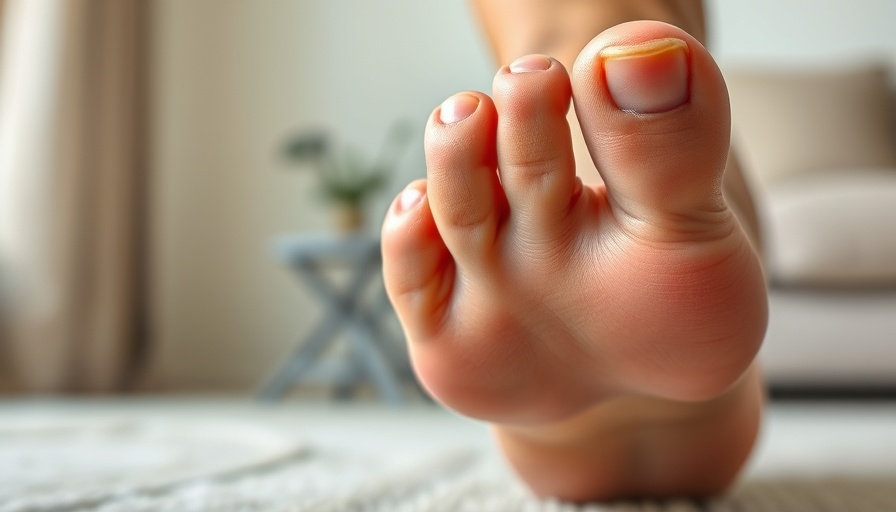
Understanding Invisible Wounds: How a Simple Test Could Revolutionize Healing
In a groundbreaking study from the University of Pittsburgh, researchers are challenging traditional definitions of wound closure following their findings on diabetic foot ulcers. This research, published in the journal Diabetes Care, suggests that many wounds previously deemed healed could actually be at risk of reopening due to underlying issues not visible to the naked eye.
Why Are Invisible Wounds a Concern?
The study focuses on diabetic foot ulcers, which affect millions of individuals with diabetes and can lead to serious complications such as amputations. While the U.S. Food and Drug Administration (FDA) considers a wound closed if it has a complete skin covering and no drainage for two weeks, the researchers argue that just because a wound appears healed, it doesn’t mean it is functionally healed. Dr. Chandan Sen, a key author of the study, notes that the new skin may not provide an effective barrier against pathogens.
Detecting Functionality Changes in Wound Closure
The researchers introduced the concept of “invisible wounds,” which are indicated by an increase in transepidermal water loss (TEWL). This loss shows that the skin's barrier is compromised, implying higher vulnerability to infections. Utilizing a handheld device designed to measure TEWL, they found that wounds with elevated readings were significantly more likely to reopen. Out of the 368 participants who completed the study, 22% saw their wounds reopen within 16 weeks, with higher TEWL values correlating to a higher risk of recurrence.
The Importance of New Testing Methods
The findings indicate a strong need for healthcare professionals to incorporate TEWL measurements into routine assessments of wound healing. By doing so, they can not only improve patient outcomes but also potentially reduce healthcare costs associated with recurring wounds and amputations. This understanding emphasizes that an effective skin barrier is as crucial as visible healing and could transform how practitioners define and approach wound management.
Future Implications for Wound Care
If incorporated into clinical practice, these findings could pave the way for more nuanced treatment plans. Rather than simply declaring a wound healed with standard visual checks, doctors could evaluate the functionality of the closure through straightforward tests. This user-friendly method could encourage widespread adherence, even in outpatient settings, leading to better patient monitoring and interventions when necessary.
Wound Management: Current Strategies vs. New Insights
Currently, wound care relies heavily on visual inspections and historical healing benchmarks. However, as technology advances, clinicians may soon gain access to more sophisticated measures for assessing wound healing capabilities. Devices collecting TEWL data could revolutionize monitoring and reduce the incidence of dangerous complications. Such progress would not only enhance patient care but could also shape policy recommendations, paving the way for improved safety standards in wound treatment protocols.
Taking Action for Better Healthcare Outcomes
Health practitioners and patients alike should advocate for the integration of this knowledge into everyday medical practice. By understanding the limitations of visual assessments and embracing new technologies like TEWL measurement, the healthcare community can evolve to meet the complex needs of patients dealing with chronic wounds. Raising awareness about this change is essential for the improvement of health policies and practices across the board.
For patients at risk of diabetic foot ulcers or those currently suffering from slow healing wounds, proactive measures, such as regular assessments using innovative tools, are crucial. This approach not only allows for timely interventions but also empowers patients to take an active role in their recovery journey.
 Add Row
Add Row  Add
Add 




Write A Comment